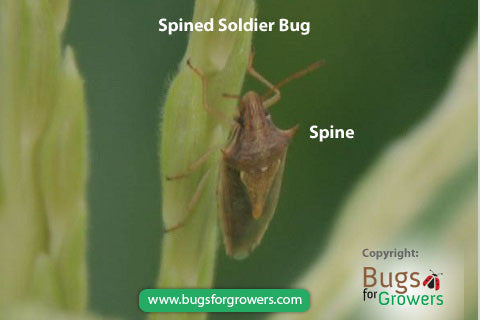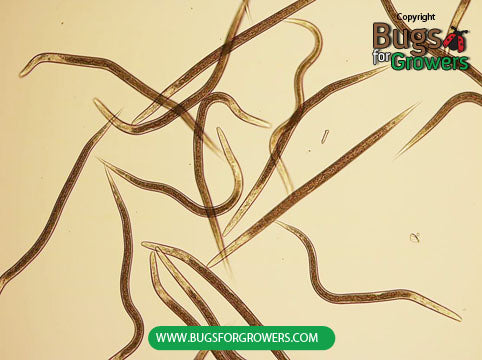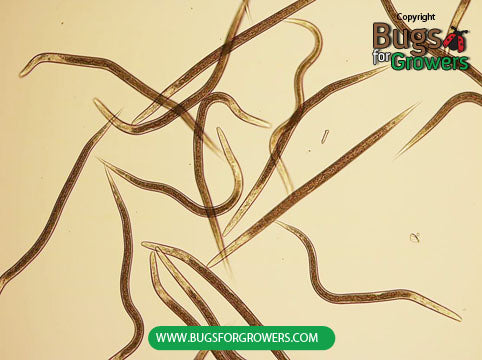Fall armyworm
What are Fall armyworms?
Fall armyworms are scientifically called as Spodoptera frugiperda. These Lepidopterous worms got this name because they occur every year during fall season and their larvae (caterpillars) march like “armies”. Adult moths possess dark grey front wings with dark splotches and whitish hind wings. Eggs are gray in color. Larvae are about 30-50 mm long, black or brown colored with a longitudinal black stripe on each side of the body. They also have four black spots on the dorsal side of their abdominal segments. Heads of fall armyworm larvae are marked with an inverted “Y” shaped distinctive mark. Pupae of fall armyworm are reddish brown to black in color.
Facts (show all)
- List of the most economically devastating species of Fall Armyworm
-
- Fall Armyworm, Spodoptera frugiperda
- Biology of Fall Armyworm
-
Biology (Life cycle) of fall armyworms consists of four stages including eggs, larvae (caterpillars), pupae and adults. Fall armyworms overwinter in warm regions in the south but they migrate towards the north where temperature starts warming up in the spring. During migration, armyworms complete several generations and that is why “army” of worms appears in late summer and early fall in northern states. Female moths lay eggs in batches of several hundred on any vegetation. Eggs hatch within 2-10 days into small larvae that immediately start feeding on new grass growth. While feeding, larvae grow rapidly and mature within 2-3 weeks. Then matured larvae pupate in upper thatch layer or in the soil. Then moths emerge from pupae within 10-15 days. When temperature is warm, fall armyworms complete their entire life cycle within 28-30 days.
- What type of damage is caused by Fall Armyworm?
-
Only caterpillars of armyworms feed and cause a serious damage to many plant species. Although fall armyworms have a wide host range, they prefer to feed on plants like corn, sorghum, bermudagrass, bluegrass, Johnsongrass, Sudangrass and ryegrass. Fall armyworm larvae can feed on the grass any time of the day or the night but they are more active early in the morning and late in the evening. The symptoms of feeding damage by armyworm larvae include skeletonized grass leaves due to feeding by newly born larvae or entirely consumed grass leaves by mature larvae. Since larvae of fall armyworm after hatching from eggs keep feeding for 2-3 weeks (i.e. until pupation), they can cause devastating damage to their host plants.
- Biological control of Fall Armyworm
-
Control of armyworms is essential because their larvae can voraciously feed on the leaves and completely destroy their host crops and hay. Chemical pesticides are effective in controlling armyworms but their use in fields or sod farms is restricted due their toxic effects on human and animal health, and the environment. Therefore, control of fall armyworms with biological control agents including beneficial entomopathogenic nematodes, predatory spined soldier bugs and parasitic Trichogramma wasps is essential to reduce the crop losses caused by fall armyworms in the fields and sod farms. Three beneficial entomopathogenic nematodes including Heterorhabditis bacteriophora, Steinernema carpcapsae and Steinernema feltiae nematodes, predatory soldier bug and two species of egg parasitic Trichoderma wasps (Trichoderma brassicae and Trichoderma pretiosum) have been considered as an effective biological control agents against fall armyworms. Fall is the best time to use beneficial nematodes (23000 nematodes/sq. ft.) to target armyworm larvae that are currently feeding and destroying the hay. Apply beneficial nematodes early in the morning or late in the night because they can easily find the larvae of armyworms that are very active during these timings. Also, application of nematodes during this time can protect them from UV light that can kill nematodes instantly if they are exposed to it during daytime. In addition, it will enhance the control of fall armyworms if predatory spined soldier bugs and egg parasitic wasps are released during fall as these insects will directly feed on the fall armyworm larvae and parasities the eggs of fall armyworms, respecively.
- Parasitic beneficial entomopathogenic nematodes are effective against Fall Armyworm
-
- Heterorhabditis bacteriophora
- Steinernema scarabaei
- Predatory beneficial insects are effective against Fall Armyworm
-
- Spined soldier bug, Podisus maculiventris
- Egg parasitic wasps are effective against Fall Armyworm
-
- Trichogramma brassicae
- Trichogramma pretiosum
- Research Papers
-
Andalo, V., Santos, V., Moreira, G.F., Moreira, C., Freire, M. and Moino, A. 2012. Movement of Heterorhabditis amazonensis and Steinernema arenarium in search of corn fall armyworm larvae in artificial conditions. Scientia Agricola 69: 226-230.
Ansari, M.A., Waeyenberge, L. and Moens, M. 2007. Natural occurrence of Steinernema carpocapsae, Weiser, 1955 (Rhabditida: Steinernematidae) in Belgian turf and its virulence to Spodoptera exigua (Lepidoptera: Noctuidae). Russian Journal of Nematology 15: 21-24.
Negrisoli, A.S., Garcia, M.S., Negrisoli, C.R.C.B., Bernardi, D. and da Silva, A. 2010. Efficacy of entomopathogenic nematodes (Nematoda: Rhabditida) and insecticide mixtures to control Spodoptera frugiperda (Smith, 1797) (Lepidoptera: Noctuidae) in corn crops. Crop Protection 29: 677-683.








